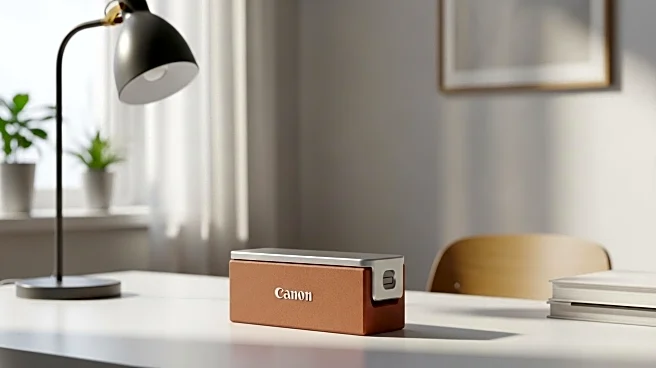What is the story about?
What's Happening?
Brown University researchers have developed a groundbreaking algorithm that can transform blurry photos into sharper, higher-resolution images. This innovative approach utilizes the additional information captured during motion blur, which typically occurs when a camera moves during exposure. The algorithm pinpoints where fine details were meant to be and enhances the image resolution beyond the sensor's normal capabilities. This method is akin to focus stacking or HDR bracketing but uses data from a single exposure. The research challenges previous theoretical assumptions that suggested such resolution enhancement was impossible. The algorithm has potential applications in restoring historic photos affected by motion blur and could be of interest to smartphone camera manufacturers.
Why It's Important?
The development of this algorithm represents a significant advancement in photography and image processing technology. By enabling higher resolution from blurry images, it could revolutionize how photographers and smartphone manufacturers approach image quality. This technology could be particularly beneficial for restoring historical photographs, providing clearer insights into the past. Additionally, it offers a new tool for photographers working in challenging conditions, such as shooting from moving aircraft. The ability to enhance image resolution from motion blur could lead to improved camera systems and software, impacting both consumer and professional photography markets.
What's Next?
The research, published in arXiv, opens the door for further exploration and potential commercialization of the algorithm. Camera manufacturers may consider integrating this technology into their products, enhancing the capabilities of future devices. The algorithm's application in historical photo restoration could lead to collaborations with museums and archives. As the technology develops, it may also prompt new standards in image processing and resolution enhancement, influencing industry practices and consumer expectations.
AI Generated Content
Do you find this article useful?














